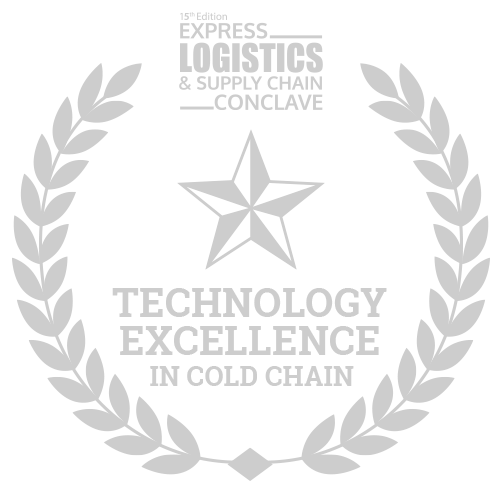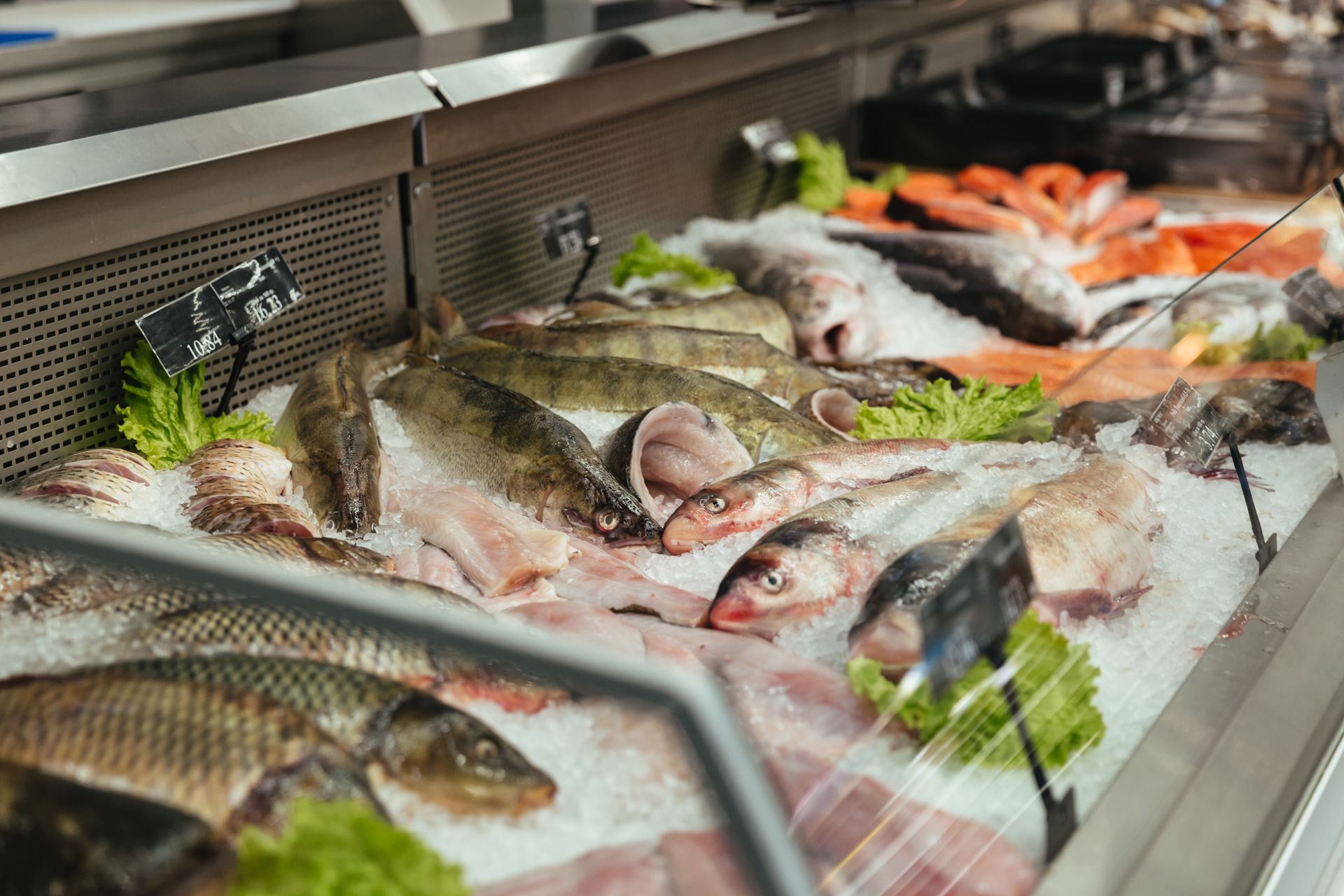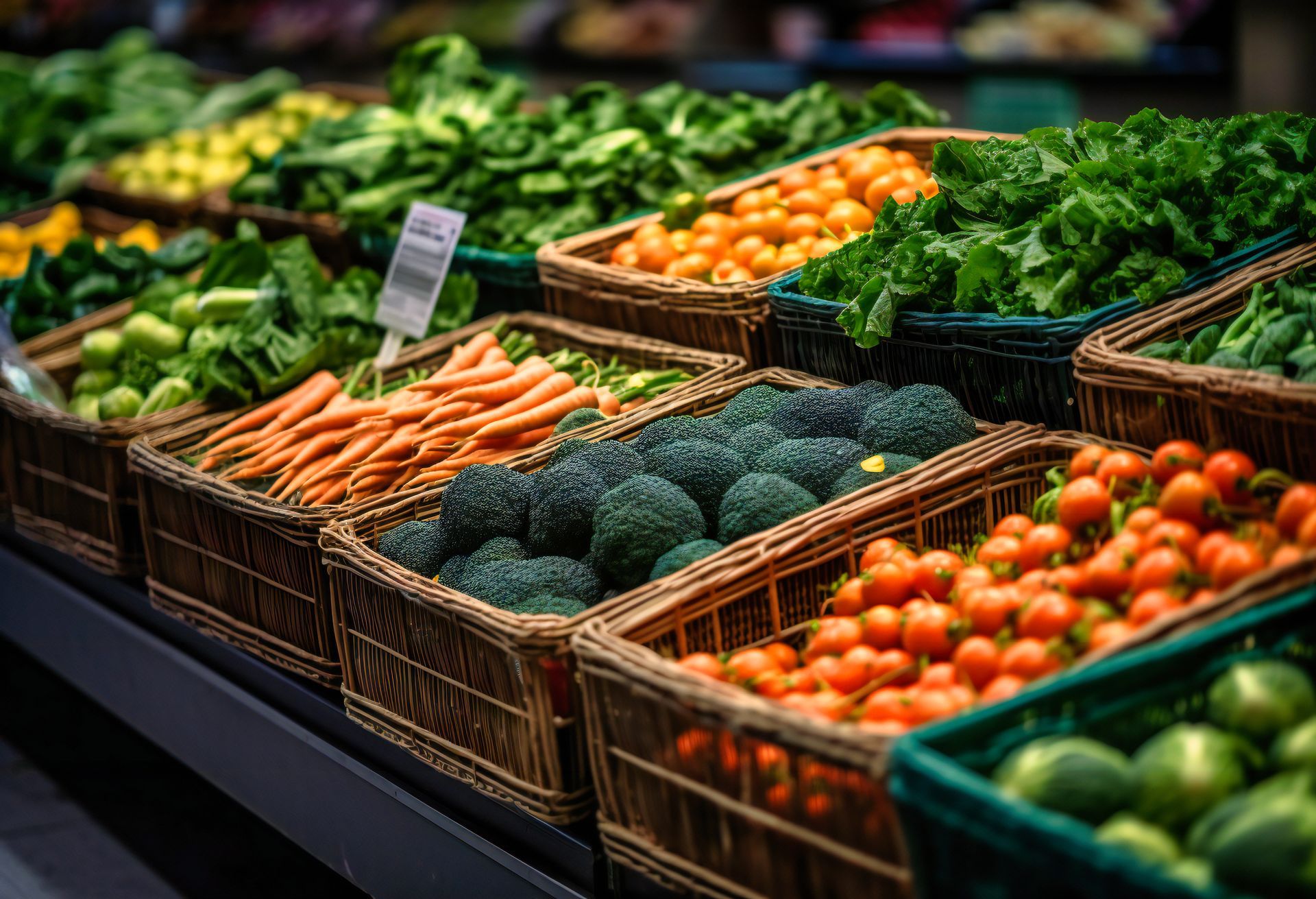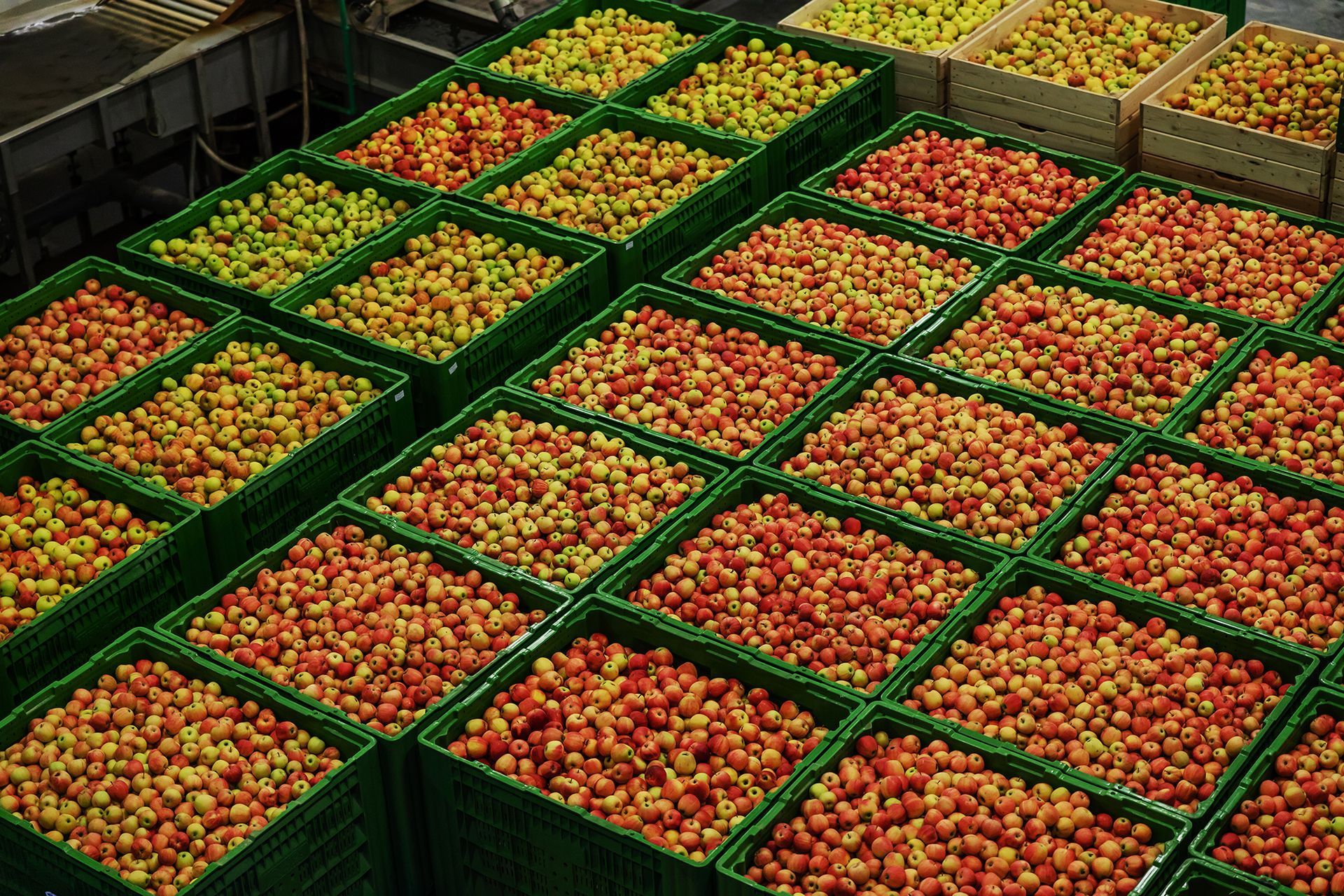The Essential Guide To Cold Chain Custody: Ensuring Freshness & Safety Every Step of the Way
Welcome to the world of cold chain custody, where freshness and safety take centre stage! Have you ever wondered how that perfectly chilled bottle of juice or that perfectly preserved seafood reaches your table in pristine condition? It's all thanks to the meticulous process of cold chain custody, which ensures that perishable goods remain fresh and safe throughout their journey.
In this comprehensive guide, we'll delve into the intricacies of cold chain custody and explore its vital role in preserving the quality and safety of temperature-sensitive products. We'll uncover the secrets behind temperature control, packaging techniques, safety standards, and more. So, grab your coats and join us on this exciting journey through the icy corridors of cold chain logistics.
What Is Cold Chain Custody?
Cold chain custody is a process of maintaining a consistent temperature-controlled environment throughout the supply chain, from production to consumption. It involves a series of interconnected steps and measures to ensure perishable commodities are safe, fresh, and of good quality.
The cold chain custody process is crucial for many industries, including pharmaceuticals, food and beverages, horticulture, and biotechnology. These industries heavily depend on maintaining specific temperature conditions to prevent spoilage, preserve potency, and ensure product efficacy. According to a recent report by ReportLinker forecasts, the global cold chain market will grow by $358.49 billion during 2022-2027, accelerating at a CAGR of 17.43% during the forecast period.
While cold chain custody is essential it comes with its fair share of challenges. Temperature fluctuations, inadequate monitoring, logistics complexities, and regulatory compliance pose risks that can compromise the quality and safety of products. Overcoming these challenges requires a thorough understanding and implementation of best practices.
Ensuring Freshness In The Cold Chain
Maintaining freshness and safety is paramount in the cold chain industry. Here are some points you need to look out for to ensure the concept of freshness in the cold chain.
Importance of temperature control in preserving freshness
Temperature control is vital in preserving the freshness of perishable products. Fluctuations in temperature can lead to spoilage, reduced shelf-life, and compromised quality. Implementing robust temperature monitoring solutions and maintaining optimal storage conditions are crucial steps in preventing such issues. Precise monitoring and control of temperatures at every stage, from storage to transportation, prevent bacterial growth, slow enzymatic activity, and extend shelf-life.
Best practices for temperature monitoring and maintenance
In order to ensure optimal freshness, temperature data loggers and monitoring systems must be reliable. These solutions allow real-time monitoring and alert stakeholders of any temperature deviations promptly. Regular calibration and maintenance of monitoring equipment are necessary to guarantee accurate and reliable temperature readings. Interested in implementing temperature data loggers in your organisation? Check out our products here.
Packaging techniques to preserve freshness
Proper packaging plays a significant role in preserving freshness during the cold chain. Insulated containers, temperature-controlled packaging, and the use of refrigerants help maintain the desired temperature and prevent heat transfer. Additionally, implementing tamper-evident seals and labels ensures the integrity of the product is maintained throughout the entire journey. Further, smart packaging innovations, such as time-temperature indicators, can provide real-time information about the product's freshness.
Tips for minimising temperature fluctuations during transportation
Transportation introduces risks of temperature fluctuations. Therefore, to minimise these risks, it is necessary to use vehicles or reefer trucks equipped with temperature-controlled systems. Pre-cooling products before loading, using insulated pallets and containers, and optimising delivery routes can all contribute to minimising temperature fluctuations during transportation.
Ensuring Safety In The Cold Chain
Importance of maintaining safety standards in the cold chain
Alongside freshness, safety is of paramount significance in the cold chain. Maintaining safety standards is critical to protect consumers from health risks and preserve product quality. Proper handling, storage, and transportation practices mitigate the risk of contamination, ensuring that consumers receive safe and wholesome products.
Preventing contamination & cross-contamination
Implementing rigorous sanitation practices, following proper hygiene protocols, and adhering to food safety regulations are critical for preventing contamination and cross-contamination. This includes regular cleaning and sanitisation of equipment, separating different product types, and ensuring proper handling procedures are followed at all stages.
Proper handling & storage of perishable goods
Proper handling and storage practices are crucial to maintaining the safety and quality of perishable goods. It includes using appropriate storage conditions, such as refrigeration or freezing, and ensuring correct stock rotation, like implementing a first-in, first-out (FIFO) inventory system to prevent stock spoilage.
Compliance with food safety regulations & certifications
Adhering to food safety regulations and obtaining relevant certifications is essential for cold chain operators. Familiarise yourself with relevant local and international regulations, such as Hazard Analysis and Critical Control Points (HACCP) and Good Distribution Practice (GDP) and implement appropriate protocols to meet these standards.
Steps To Establish A Reliable Cold Chain Custody System
Assessing & selecting suitable cold chain partners
Selecting the right partners is crucial to establishing a reliable cold chain custody system. Consider their experience, infrastructure, adherence to safety standards, and track record. Collaborating with trusted partners ensures the integrity of the cold chain throughout the entire process.
Designing an efficient cold chain logistics network
Efficient logistics plays a vital role in the cold chain. Optimise transportation routes, minimise transit times, and establish strategic distribution centres to reduce exposure to temperature fluctuations. Integration of technology and real-time tracking capabilities enhances visibility and improves overall efficiency.
Implementing robust tracking & tracing mechanisms
Implementing tracking and tracing mechanisms provides end-to-end visibility of products in the cold chain. Utilise temperature monitoring solutions, barcoding, RFID tags, or blockchain technology to track products' locations and temperature history and ensure accountability throughout the custody journey. We at Adapt Ideations can assist you with our IoT monitoring solutions to streamline your real-time temperature-tracking activities.
Training & educating personnel on cold chain best practices
A well-trained workforce is essential for maintaining cold chain integrity. Provide comprehensive training to employees on proper handling, temperature monitoring, safety protocols, and emergency procedures. Regularly update training programs to keep up with industry advancements and regulatory changes.
Cold Chain Technologies & Innovations
Introduction to advanced cold chain technologies
The cold chain industry continues to evolve with the introduction of advanced technologies. These include internet of things (IoT) devices, cloud-based platforms, and automated systems that enhance real-time monitoring, data analysis, and decision-making processes. You can check out our IoT solutions to learn more about our range of solutions.
Benefits & applications of IoT and sensor-based solutions
IoT and sensor-based solutions have revolutionised cold chain custody. These technologies enable remote monitoring of temperature, humidity, and location data, providing real-time alerts and insights. They optimise operational efficiency, reduce wastage, and enhance product safety and quality. With Adapt Ideations' KELVIN devices, you can check the temperature status of your goods remotely in real-time.
Emerging trends in cold chain logistics & storage
The cold chain industry is witnessing exciting developments. Trends such as autonomous vehicles, blockchain-enabled traceability, and robotics are transforming the way cold chain custody is managed. Staying informed about these trends allows businesses to adapt and stay competitive.
To Conclude
Cold chain custody is vital for preserving freshness, maintaining safety standards, and meeting regulatory requirements. It ensures that consumers receive high-quality products while reducing waste and maximising profitability for businesses.
Implementing best practices in cold chain custody is crucial for businesses and stakeholders. Investing in reliable temperature monitoring solutions such as Adapt Ideations’ range of solutions, adhering to safety standards, and staying informed about emerging technologies, can ensure freshness, safety, and success in the cold chain industry.
Remember, the cold chain is a complex process that requires careful attention to detail at every stage. By prioritising freshness and safety and embracing advancements in technology, you can establish a reliable and efficient cold chain custody system.
Enquire to find out more about our innovative solutions and how they can be utilised at enquiries@adaptideations.com
Share Our Post.
Awards & Recognition

Best Temperature Monitoring Solution Provider
Awarded by India Biologics & Vaccines Outstanding Industry Awards 2022

Adapt Ideations Recognised As A Supply Chain Leader
by Alcott Global on Supplify's Supply Chain Tech Map 2.0

Related Articles.












